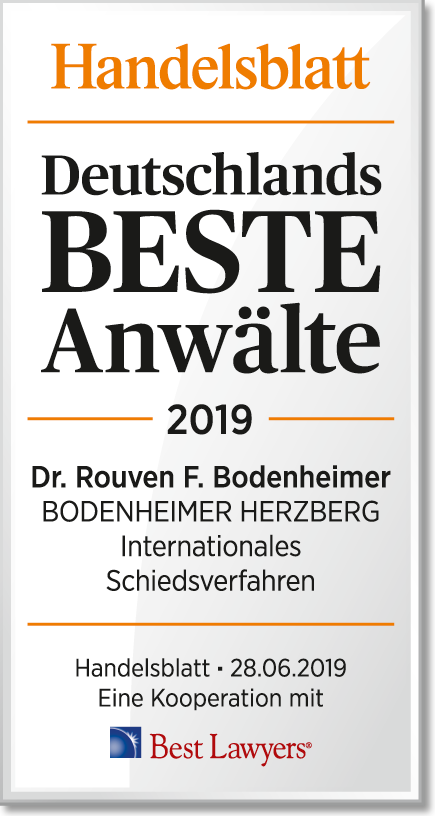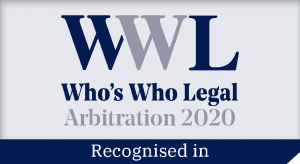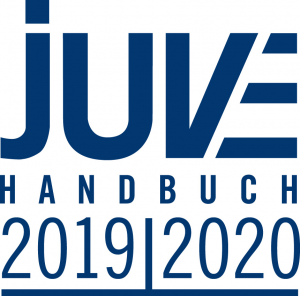What’s Trending in EU Investment Law & Policy? Part II: New Model BITs
 Our two-part series on WHAT’S TRENDING IN EU INVESTMENT LAW & POLICY concludes with Dr Nicolas Klein’s analysis of new trends in Member States’ Model BITs. Meet our team at this week’s UNCTAD World Investment Forum in Geneva and continue the conversation!
Our two-part series on WHAT’S TRENDING IN EU INVESTMENT LAW & POLICY concludes with Dr Nicolas Klein’s analysis of new trends in Member States’ Model BITs. Meet our team at this week’s UNCTAD World Investment Forum in Geneva and continue the conversation!
Introduction
The Treaty of Lisbon established ‘Foreign Direct Investment’ as an exclusive competence of the European Union. Many believed that this newly established competence would mark the end of investment treaties concluded by EU Member States and, thus, lead to a new era of common European investment policy. Yet, instead of paving the way for an FDI-landscape dominated by EU treaties, there now is a growing trend towards EU Member States overhauling their domestic FDI priorities and recalibrating their existing treaties and Model BITs. The latest example is the new Netherlands draft model BIT 2018, which is well worth a closer look.
Innovative BIT Design Made in the Netherlands
The Netherlands draft model BIT 2018 includes a number of innovations that could lead other EU Member States to follow suit. It reflects two key objectives of the Dutch government that are echoed almost in unison by current governmental priorities in other EU Member States and beyond, namely
- achieving a more balanced approach towards the obligations of states and investors – taking into account recent criticism by host states and non-governmental organisations of investment treaties and investment treaty arbitration; and
- introducing changes protecting the host State in the event of claims by foreign investors – as a response to the recent investment treaty claims brought against EU Member States such as Spain and Germany.
Key changes of the proposed Dutch Model BIT 2018 (“DMB”) include the following:
- Definition of an ‘investment’
An ‚investment‘ needs to satisfy certain characteristics to be eligible for protection. While the DMB seems to formalize the standard commonly used by arbitral tribunals applying the so-called ‘Salini test’ requirements, the additional requirement of the DMB of an ‚expectation of gain or profit‘ is an additional condition that would exclude all non-profit activities from the DMB’s scope of protection. In addition, the DMB specifically excludes other forms of investment, such as claims to money arising from commercial contracts for the sale of goods or services. There are also specific limitations regarding the restructuring of public debt.
- Definition of ‘Investor’
According to the DMB, a legal person must have ’substantial business activities‘ in the Netherlands or must be owned or controlled by a Dutch company meeting this requirement in order for its investment to be eligible for protection. This requirement excludes mere shell companies or so-called ‚mailbox companies‘ from the scope of the agreement with – particularly in the Netherlands – far reaching practical implications. Structuring investments through the Netherlands merely in order to obtain protection from a BIT will become more difficult.
- Fair and Equitable Treatment (FET)
The DMB follows the CETA model and introduces an exhaustive list of six measures or sets of measures constituting breaches of ‚fair and equitable treatment‘. A Contracting Party breaches the obligation of fair and equitable treatment where a measure or series of measures constitutes:
- Denial of justice in criminal, civil or administrative proceedings;
- Fundamental breach of due process, including a fundamental breach of transparency, in judicial and administrative proceedings;
- Manifest arbitrariness;
- Direct or targeted indirect discrimination on wrongful grounds, such as gender, race, nationality, sexual orientation or religious belief;
- Abusive treatment of investors such as harassment, coercion, abuse of power, corrupt practices or similar bad faith conduct; or
- A breach of any further elements of the fair and equitable treatment obligation adopted by the Contracting Parties in accordance with Art. 9 para. 3 DMB.
According to Art. 9 para. 3 DMB, the Contracting Parties may only complement this list through a joint interpretative declaration within the meaning of Article 31, para. 3, sub a, of the Vienna Convention on the Law of Treaties. Although legitimate expectations of the investor are not expressly covered by the list, the DMB stipulates that a Tribunal may take into account situations where
- a Contracting Party made a specific representation to an investor to induce an investment;
- that conduct created a legitimate expectation on the part of the investor;
- the investor relied in deciding to make or maintain that investment on the representations made;
- the Contracting Party subsequently frustrated the expectation it had previously nurtured.
As such, the DMB entails important limitations to the scope of protection of legitimate expectations under the customary FET standard. Investor expectations pertaining to the regulatory regime in place at the time of the investment will, at least under certain circumstances, only be protected in case of specific representations made to the investor and – importantly – if the actions of the Contracting Party fit one of the measures of the DMB list.
- Indirect expropriation
Under the DMB, indirect expropriation occurs only if a measure “substantially deprives the investor of the fundamental attributes of property of the investment”. Moreover, except in the rare circumstance when the impact of a measure or series of measures is so severe in light of its purpose that it appears manifestly excessive, non-discriminatory measures of a Contracting Party that are designed and applied in good faith to protect legitimate public interests, such as the protection of public health, safety, environment or public morals, social or consumer protection or promotion and protection of cultural diversity, do not constitute indirect expropriation. The DMB thus includes limitations to the scope of protection from indirect expropriation and gives Contracting Parties more leeway to use public policy arguments to justify governmental actions.
- ‘Behaviour of Investor’ as grounds to determine amount of compensation
The DMB stipulates that tribunals may, in deciding on the amount of compensation, take into account non-compliance by the investor with its commitments under the UN Guiding Principles on Businesses and Human Rights, and the OECD Guidelines for Multinational Enterprises. A remarkable step to make non-binding standards directly relevant to – from an investor’s perspective – one of the most important stages of a proceeding.
- Procedural innovations
The DMB also includes provisions for other startling procedural innovations. The DMB contains specific provisions for the establishment of a Multilateral Investment Court as well as obligations for claimants to disclose third party funders. Most importantly, however, the DMB includes specific provisions for the constitution of arbitral tribunals: All members of a tribunal are appointed by an appointing authority (the Secretary of the PCA or ICSID) and are required to “thoroughly” consult with the disputing parties before their appointment. The arbitral institution has to disclose the existence of the case and key details of the case such as the parties and arbitrator names, the basis for claim and the relief sought. Arbitrators must not have served as counsel for the last five years in any investment disputes and the DMB introduces general procedural rules, such as the rule to avoid bifurcation of proceedings, to issue the final award within 24 months or the rule to shift costs onto the losing party unless exceptional circumstances render the outcome unreasonable.
Conclusion
The DMB will set an example for other EU Member States. Although the developments on the EU level, with the EU FTAs with Singapore, Canada, Vietnam and Japan cannot be understated, the current trend of shifting international priorities – from meaningfully regulating FDI and trade to preventing trade wars – should not serve as an excuse to tackle shortcomings in the existing BIT framework of EU Member States. Taking Germany as an example, the latest Model BIT of 2008 hardly reflects current best practices. Although it is highly doubtful that all provisions of the DMB strike the right balance, it is long overdue that more EU Member States recalibrate their FDI frameworks. As it becomes more and more obvious that the primary focus of the EU will remain on concluding comprehensive FTAs, more Member States will eventually follow the Dutch example and adapt their Model Treaties to reflect current governmental priorities in order to recalibrate the existing extra-EU BIT landscape.











